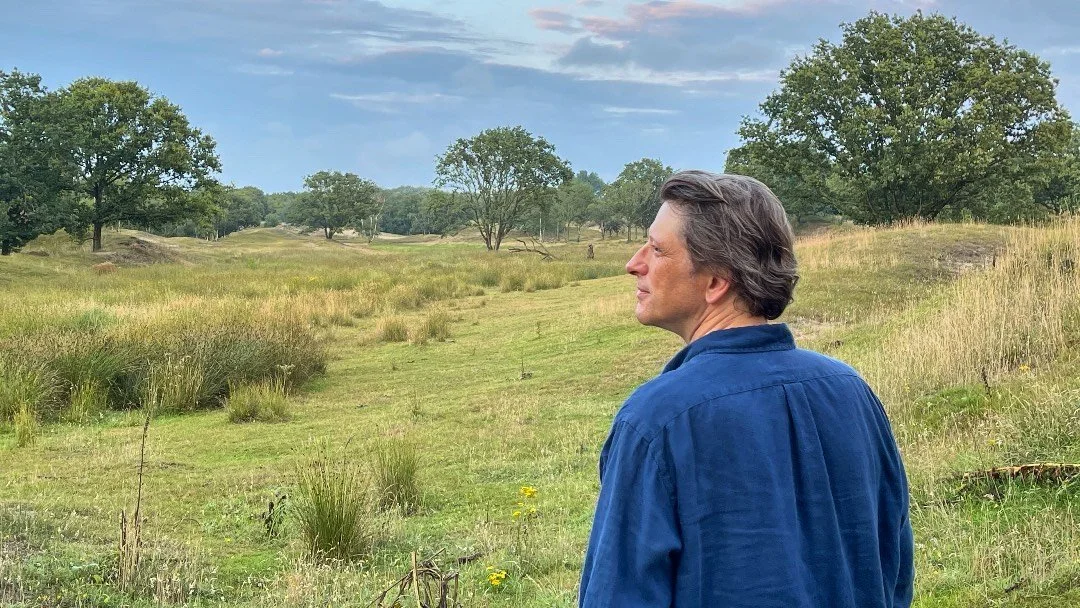SUGi creates pocket forests that breathe life into urban spaces. Founded in London and now operating in over 50 cities worldwide, SUGi uses the innovative Miyawaki method to transform small urban areas into thriving, biodiverse ecosystems.
In a space the size of a tennis court, they can plant approximately 600 trees that grow rapidly, creating a mature forest in just a fraction of the time nature would typically require. Adrian Wong, UK Forest Lead, explains, "If nature did it naturally, it usually takes 150 to 500 years for a forest to mature. We supercharge that process."
At the heart of SUGi's success is soil restoration. "Without a living, healthy soil, we can't do what we're doing," Adrian emphasises. They meticulously prepare urban sites by aerating the ground, introducing beneficial organisms like mycelium and worms, and creating a nutrient-rich environment that supports rapid growth and biodiversity. For me, as Adrian was telling us this, I felt this emphasis on creating a healthy environment for life to thrive, is similar to what we are trying to do with Biophilic Design inside our homes, hospitals, workplaces, creating healthy environments that enable all life to flourish.
The impact is remarkable. Even in seemingly inhospitable urban locations, these micro forests attract diverse wildlife. At their South Bank forest, they've recorded an incredible range of species, including blue tits, green finches, and surprisingly, even tawny owls and peregrine falcons.
Watch the video…






